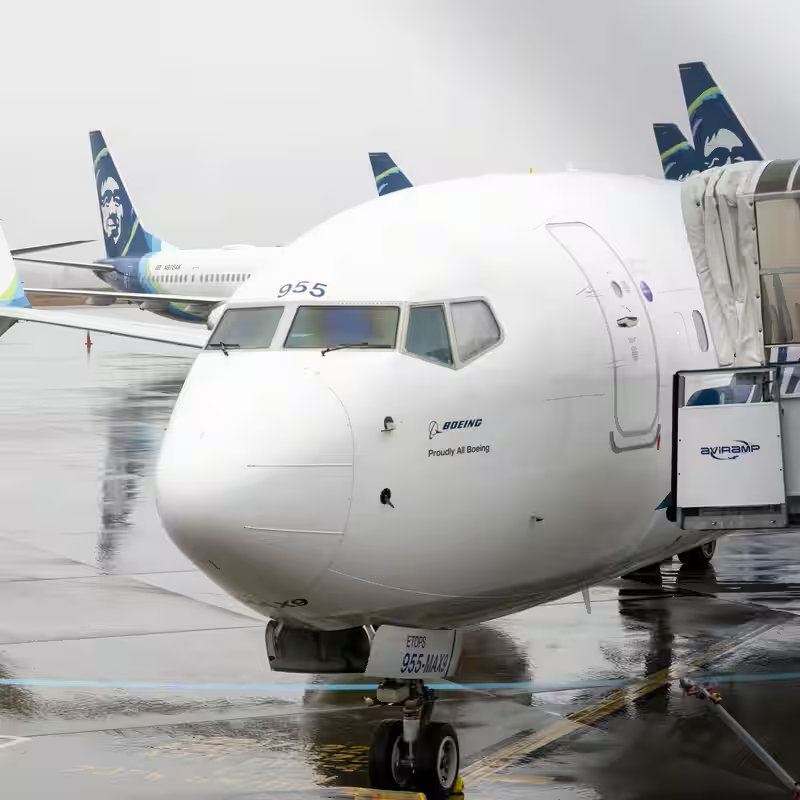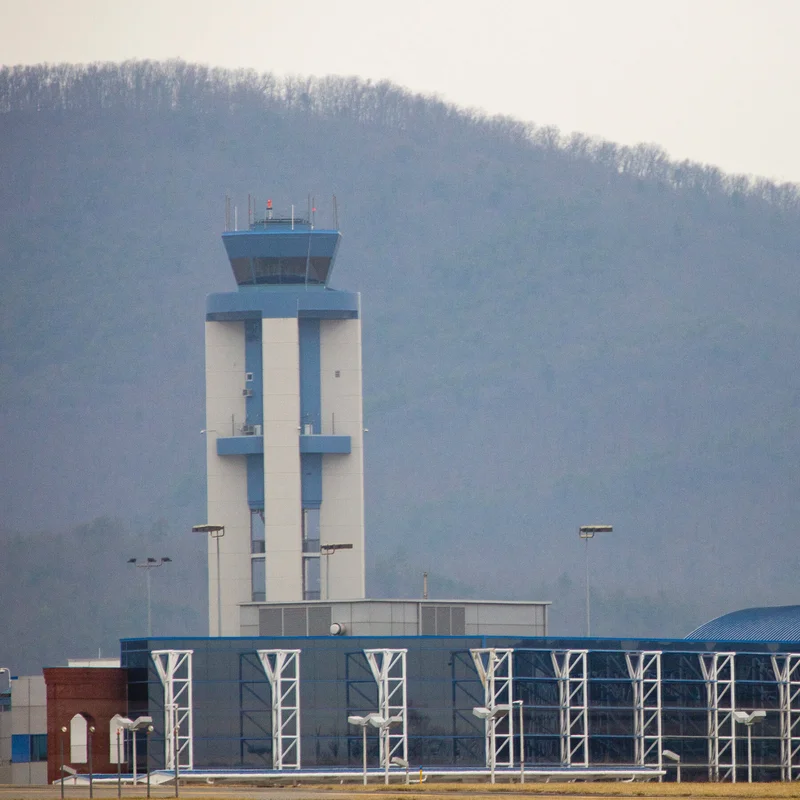Boeing Cleared for 737 Max Production Boost After FAA Lifts Key Restriction
In a major vote of confidence for Boeing’s troubled 737 Max program, the Federal Aviation Administration (FAA) has officially lifted a production cap that had been in place since a terrifying mid-air incident last year. This decision marks a pivotal moment for the aerospace giant as it works to rebuild trust and meet surging global demand for new aircraft .
What the FAA Decision Means
The FAA’s move allows Boeing to ramp up production of its best-selling 737 Max jet beyond the previous limit of 38 planes per month. The cap was imposed in January 2024 after a door plug panel blew off an Alaska Airlines flight, creating a massive hole in the fuselage and triggering an industry-wide safety review .
While the agency hasn’t disclosed a new official ceiling, Boeing has signaled its intent to steadily increase output to 50 aircraft per month by the end of 2026—a target that hinges on sustained quality improvements and regulatory approval .
The Long Road to Recovery
This latest development is the most significant step yet in Boeing’s multi-year effort to recover from a string of crises that began with two fatal 737 Max crashes in 2018 and 2019. The January 2024 Alaska Airlines incident was a stark reminder of lingering quality control issues within the company’s supply chain, particularly with fuselage manufacturer Spirit AeroSystems .
Since then, Boeing has been under intense scrutiny. The FAA mandated a comprehensive overhaul of Boeing’s quality management system, and the company has been working around the clock to address systemic flaws in its manufacturing and oversight processes .
What Changed to Win FAA Approval?
The FAA’s green light didn’t come easily. It followed months of rigorous audits, on-site inspections, and a demonstrable track record of improved production quality from Boeing. Key changes include:
- Enhanced Supplier Oversight: Boeing has taken direct control of key assembly processes previously handled by Spirit AeroSystems.
- Real-Time Quality Checks: New digital monitoring systems now flag potential defects on the production line before they become critical.
- Workforce Investment: The company has hired hundreds of new quality engineers and provided extensive retraining for its manufacturing staff .
What This Means for Airlines and Travelers
For airlines, the production increase is welcome news. Carriers like United, Southwest, and Ryanair have massive 737 Max orders and have been forced to delay fleet expansion plans due to delivery bottlenecks. A more reliable supply chain means they can finally modernize their fleets, which promises better fuel efficiency and lower operating costs .
For passengers, the FAA’s decision is a strong signal that the regulator is confident in the jet’s safety. While the memory of the Alaska Airlines incident is still fresh, the enhanced oversight and production changes are designed to prevent a recurrence .
Table of Contents
- What the FAA Decision Means
- The Long Road to Recovery
- What Changed to Win FAA Approval?
- What This Means for Airlines and Travelers
- Sources




